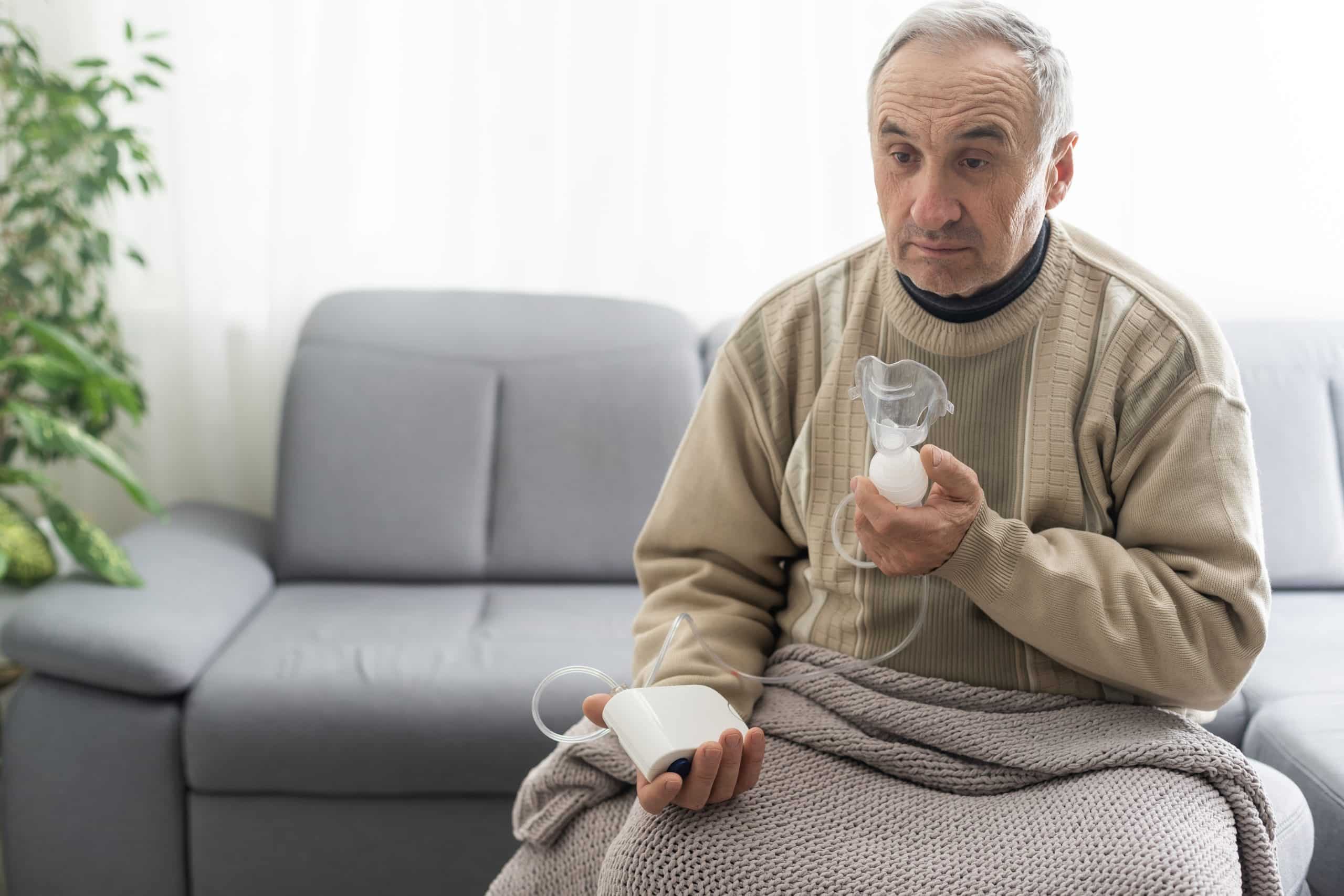A report has found that a chronic obstructive pulmonary disease (COPD) virtual ward managed by South and West Hertfordshire Health and Care Partnership led to improved outcomes and represented a safe, effective alternative to inpatient care.
The report also found that the virtual ward model delivered cost efficiencies compared to traditional care pathways. NHS England commissioned the rapid evaluation report, which was conducted by Eastern Academic Health Science Network (AHSN) and Health Innovation Manchester, the AHSN for Greater Manchester, on behalf of the national Innovation Collaborative for digital health. .
The report adds to emerging evidence of virtual wards enabled by technology offering positive, effective care that supports people to be at home rather than in hospital, NHSE said.
The evaluation sought to understand seven areas of interest:
- the typical characteristics of virtual ward patients
- virtual ward usage patterns
- potential of the virtual ward to reduce secondary care length-of-stay
- potential of the virtual ward to reduce secondary care readmissions
- virtual ward patient experiences and views
- staff experiences and views on virtual ward implementation, delivery and impact
- indicative virtual ward cost-benefit in terms of immediate and long-term impact on healthcare utilisation.
The COPD virtual ward is one of two virtual wards that fall within the South and West Hertfordshire Health and Care Partnership Virtual Hospital, the second being a heart failure virtual ward.
Analysis showed a positive impact on patient care across almost all measures, although the report acknowledged that “some notable limitations” should be considered including the size of the intervention cohort and the rapid nature of this evaluation.
The virtual ward demonstrated favourable healthcare utilisation outcomes compared to the other cohorts, with an observed reduction in both inpatient length-of-stay, arising from increased clinical confidence, and a reduction in the number of repeat readmission events.
The report also found that virtual ward patients at risk of deterioration were more likely than patients discharged without the virtual ward support to be identified in a timely way and escalated appropriately back into an acute inpatient setting.
Patient experience also was positively impacted, with the majority reporting feeling well prepared for their transition to the virtual ward and then safely cared for in the community.
Staff gave positive feedback and clear recommendations for continued improvement, including developing additional patient information, future development of the technology pathway to support virtual consultations routinely, and enhanced referral routes.
Finally, the report noted that the virtual ward demonstrated a positive benefit-cost ratio based on both initial set-up costs and recurring resources required to sustain the model, suggesting a favourable economic case.
In January, the government said it was planning to expand the use of virtual wards, with the goal of treating up to 50,000 patients a month.

